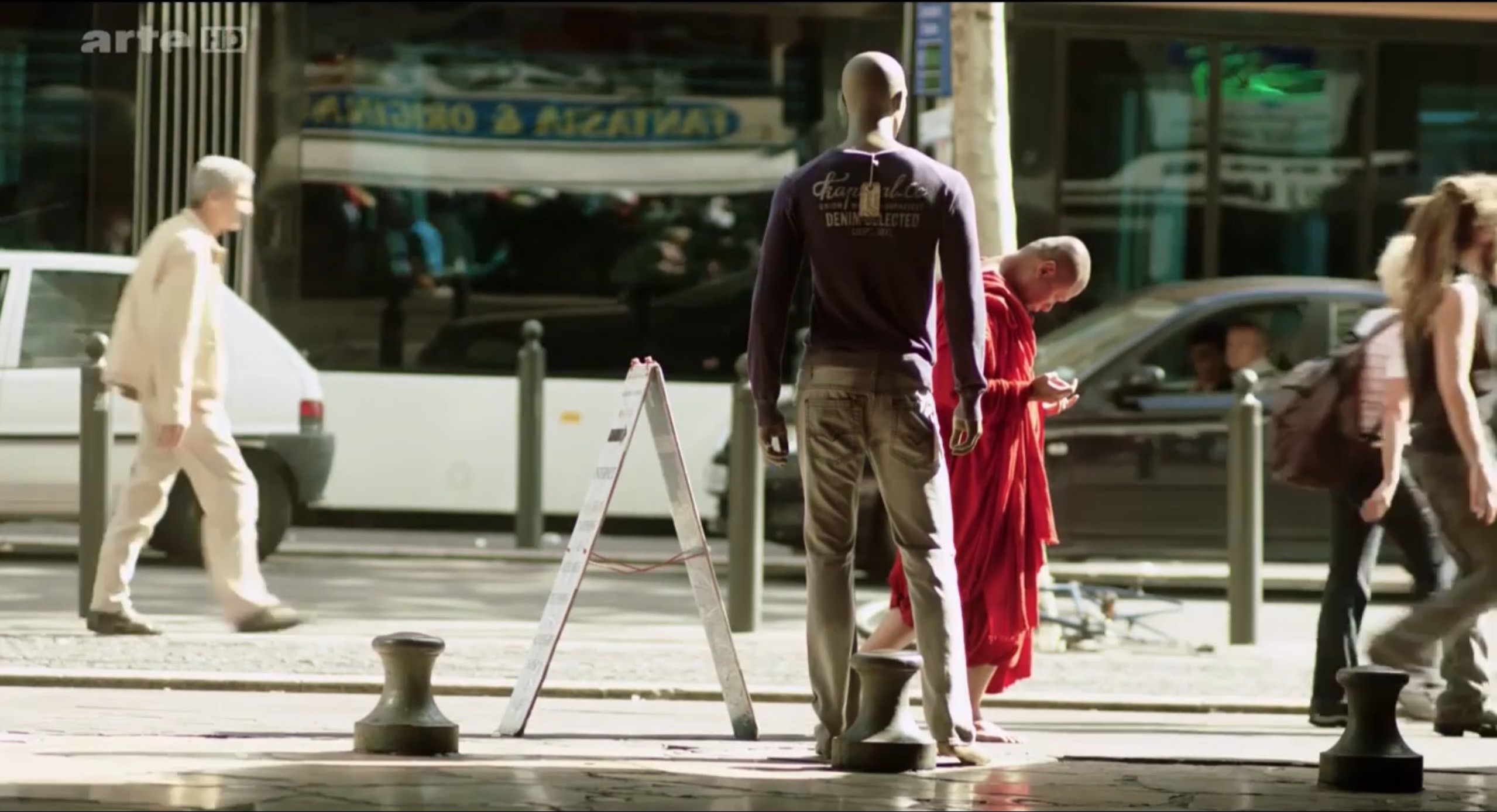Adapting Classical Restoration Concepts in Moving Image Restoration and the Role of Digital Techniques
DOI:
https://doi.org/10.58519/aesthinv.v2i2.11965Keywords:
Film, Moving images, Aesthetics, Restoration, EthicsAbstract
Ethical and aesthetic guidelines in the field of moving image restoration have been adapted from classical restoration theory. Focusing on film but valid for moving images in general, the article provides definitions of relevant terms and discusses ethical criteria for restoration and their adaptability for moving images. Mainly the claim for authenticity in restoration opens a wide field of discussion, starting from the question about what is authentic about film. The perception of moving images and the components their aesthetic value is build upon have a great impact on restoration interventions. Digital restoration tools and digitization have gained importance during the last years. While providing a wide field of new solutions, their seemingly endless range of possibilities has lead to a revival of the discussion about ethical and aesthetic aspects in moving image restoration.
References
Benjamin, Walter. 1992. “The Work of Art in the Age of Mechanical Reproduction.” In Illuminations. London: Fontana Press.
Brandi, Cesare. 2005. Theory of restoration. Rome: Nardini Editore.
Canosa, Michele. 2001. “Per una teoria del restauro cinematografico.” In
Storia del cinema mondiale, edited by Gian Piero Brunetta, Volume Vol.
V, Teorie, strumenti, memorie, 1069–1118. Torino: Giulio Einaudi editore
s.p.a.
Cherchi Usai, Paolo. 2001. “La cineteca di Babele.” In Storia del cinema
mondiale, edited by Gian Piero Brunetta, Volume Vol. V, Teorie,
strumenti, memorie, 965–1067. Torino: Giulio Einaudi editore s.p.a.
Edmondson, Ray. 2004. Audiovisual Archiving: Philosophy and Principles.
Paris: United Nations Educational, Scientific and Cultural Organization.
Farinelli, Gian Luca, and Nicola Mazzanti. 2001. “Il restauro: metodo e
tecnica.” In Storia del cinema mondiale, edited by Gian Piero Brunetta,
Volume Vol. V, Teorie, strumenti, memorie, 1119–1174. Torino: Giulio
Einaudi editore s.p.a.
Janis, Katrin. 2005. Restaurierungsethik. Munich: Martin Meidenbauer
Verlagsbuchhandlung.
Mazzanti, Nicola. 2001. “Footnotes (For a glossary of film restoration).” In
Restauro, conservazione e distruzione dei film, edited by Luisa Comencini
and Matteo Pavesi, 23–31. Milan: Editrice Il Castoro.
Meyer, Mark-Paul. 1996. “Work in Progress: Ethics of Film Restoration
and New Technologies.” In The Use of New Technologies Applied to Film
Restoration: Technical and Ethical Problems, edited by Gamma Group,
–19. Bologna: Gamma.
Odermatt, Wendelin. 2003. “Reversibilität: eine nachhaltige Strategie,
Beispiele restauratorischer Umsetzung.” In Nachhaltigkeit und
Denkmalpflege, Beiträge zu einer Kultur der Umsicht, edited by Marion
Wohlleben and Hans-Rudolf Meier. Zurich: ETH-Zürich.
Read, Paul, and Mark-Paul Meyer. 2000. Restoration of Motion Picture
Film. Oxford: Butterworth-Heinemann.
Riegl, Alois. 1996. “The modern cult of monuments.” In Historical and
Philosophical Issues in the Conservation of Cultural Heritage, edited by
Nicholas Stanley Price, Mansfield Kirbey Talley, and Alessandra Melucco
Vaccaro, 72–78. Los Angeles: The Getty Conservation Institute.
Venice International Council on Monuments and Sites. 1964. ICOMOS
Venice Charta. https://www.icomos.org/charters/venice_e.pdf.
Downloads
Published
Issue
Section
License

This work is licensed under a Creative Commons Attribution 4.0 International License.
Authors who publish with this journal agree to the following terms:
Authors retain copyright and grant the journal right of first publication with the work simultaneously licensed under a Creative Commons Attribution License that allows others to share the work with an acknowledgement of the work's authorship and initial publication in this journal. Note: up to volume 4 issue 1, an incorrect copyright line appears in the PDFs of the articles.
Authors are able to enter into separate, additional contractual arrangements for the non-exclusive distribution of the journal's published version of the work (e.g., post it to an institutional repository or publish it in a book), with an acknowledgement of its initial publication in this journal.
Authors are permitted and encouraged to post their work online (e.g., in institutional repositories or on their website) prior to and during the submission process, as it can lead to productive exchanges, as well as earlier and greater citation of published work (See The Effect of Open Access).






